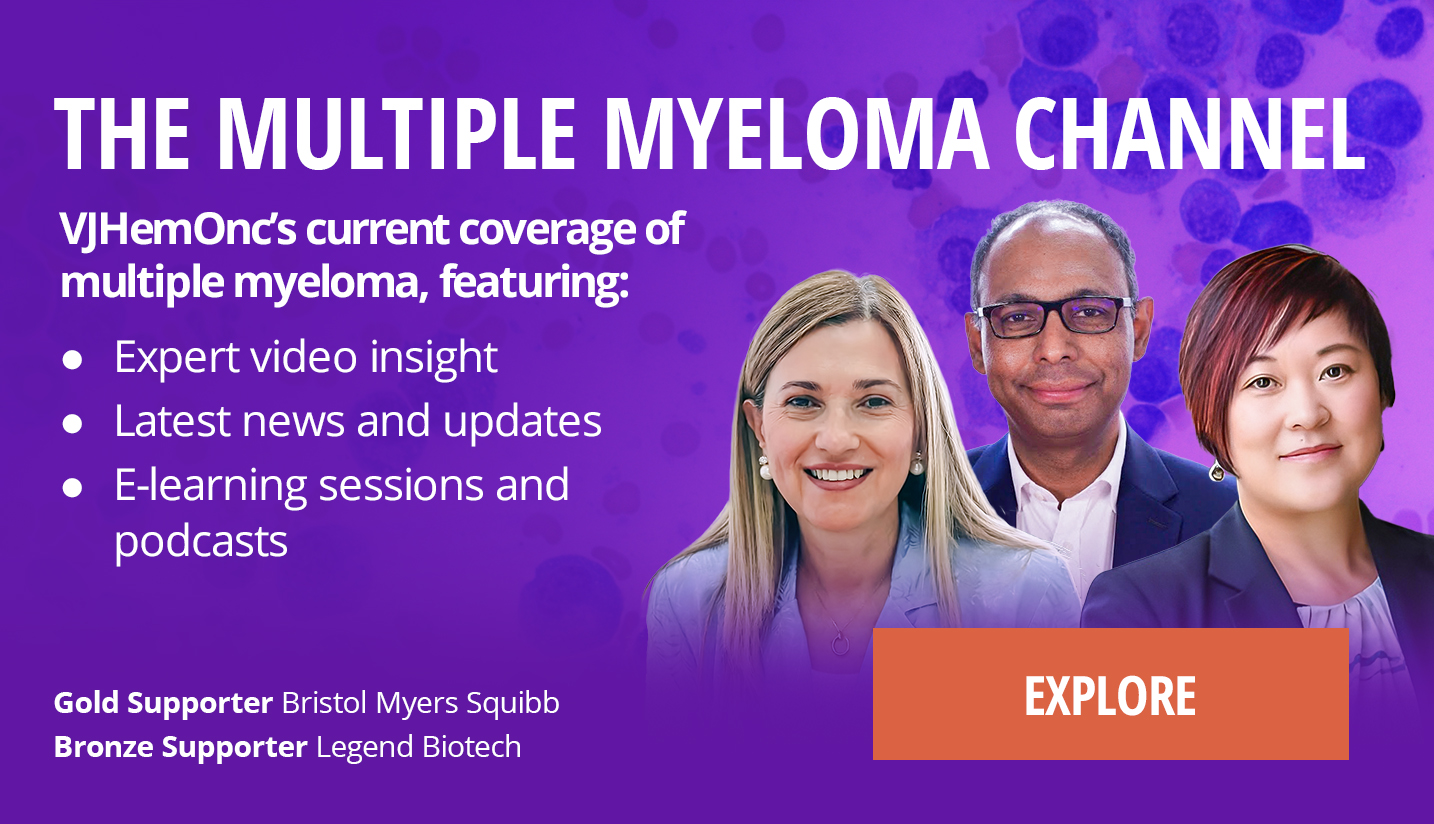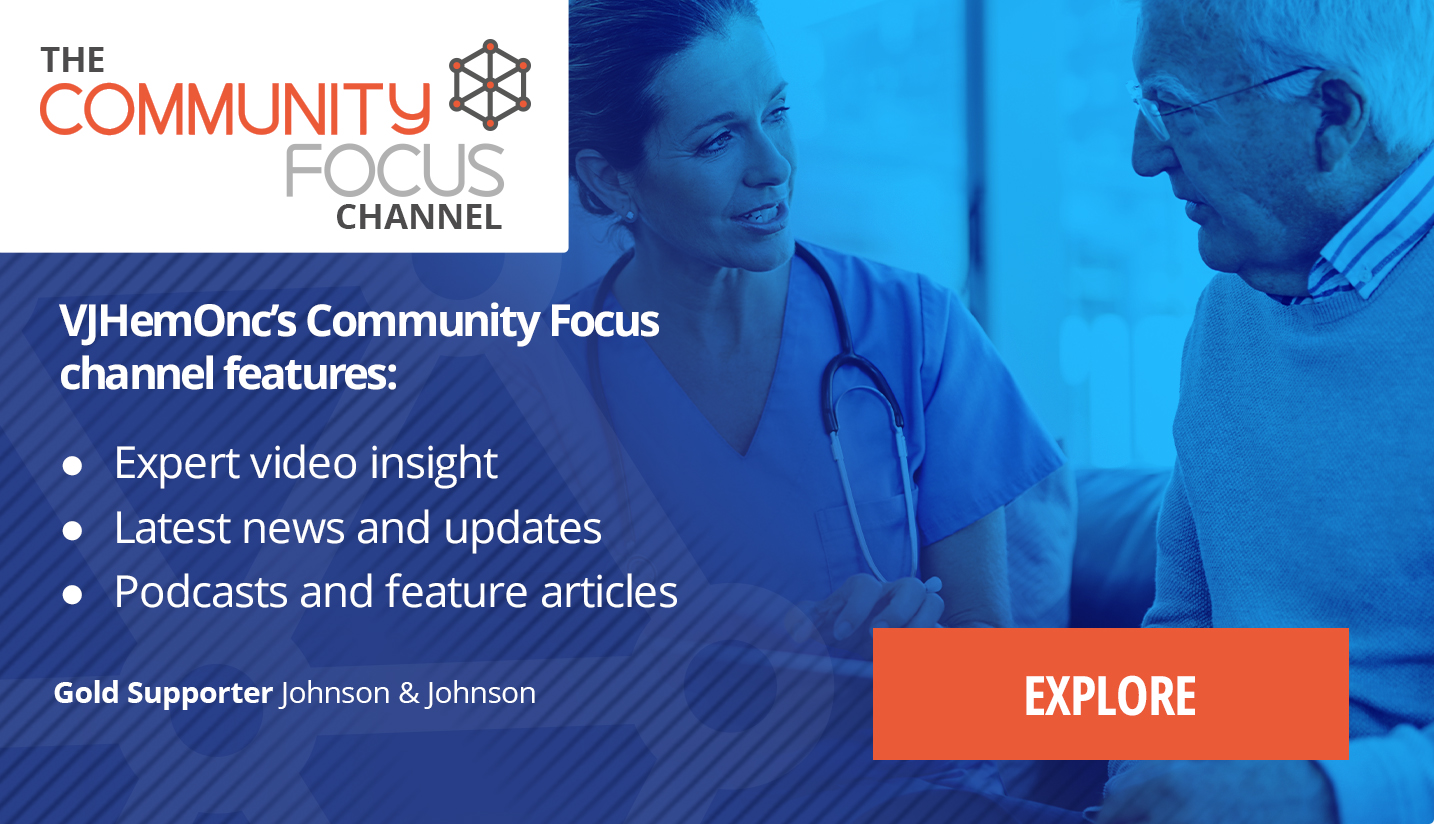So many physicians ask people like me and others who have worked on MRD for many years, why do we have to do MRD? There is no data that you can use it for any treatment decisions. Why is it so important? My answer back is that MRD is important for two major reasons in myeloma. The first reason is that if we can show that MRD negativity truly is a surrogate endpoint that will predict or likely to predict clinical outcome, which is the terminology that the regulatory agencies would use, that could make that an endpoint eventually, that the regulatory bodies, FDA, EMA, and around the world, that they could accept for drug approval...
So many physicians ask people like me and others who have worked on MRD for many years, why do we have to do MRD? There is no data that you can use it for any treatment decisions. Why is it so important? My answer back is that MRD is important for two major reasons in myeloma. The first reason is that if we can show that MRD negativity truly is a surrogate endpoint that will predict or likely to predict clinical outcome, which is the terminology that the regulatory agencies would use, that could make that an endpoint eventually, that the regulatory bodies, FDA, EMA, and around the world, that they could accept for drug approval.
So what that means is that a trial that would otherwise take many years to read out, you enroll the patients, you follow them for a long time, and you capture progression events, and you report progression-free survival information after six or seven or eight years. If you could capture MRD after one year, the study could then be evaluated by the FDA and EMA and so forth, and they could make a call whether this actually is approved or not, and the patient could get access to the therapy. So for patients, this is fantastic. And this is going to drive up the speed, so we’re going to go from a Ford to a Ferrari in terms of speed for drug development.
This will happen. It has to happen. There is no other alternative. The other side of the coin here, why is MRD important is because MRD testing could potentially be used for treatment decisions. And that’s what many doctors are wondering about. So it makes sense that if you treat a patient with very effective combination therapy, given how heterogeneous the disease is, that some patients will have a better response earlier on and some patients may have a less good response early on. It may take longer to reach the point or the goal that you want to go to.
So why could you then not use MRD to maybe decide that you step down on the therapy? You could maybe forego certain therapy steps, so very practical things. You could maybe forego consolidation therapies or transplant, or you could go right to maintenance or you could go back if you lose your MRD negativity and the patient unfortunately converges to MRD positivity, maybe you have to go back from maintenance back to a combination to avoid the progression that otherwise would happen into a relapse. So I think all these things will happen, but right now what is the big missing piece is data from multiple studies to allow us to write up guidelines. So what’s happening is that the larger centers have a lot of patients. They treat many, many patients, and there are early adopters at many of these centers, and they see exactly in their own databases what happens. But these cannot turn into guidelines because these are single-center experiences. So it’s a stepwise process, but we are going to get there.













